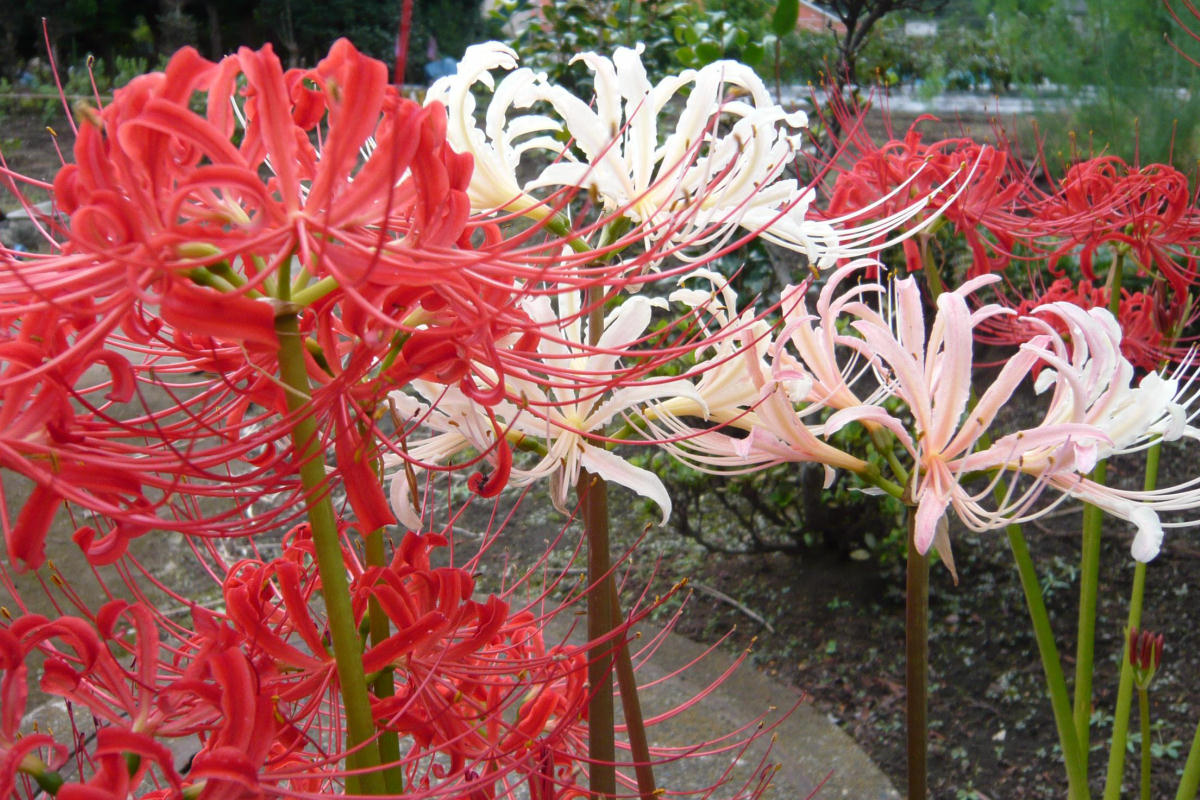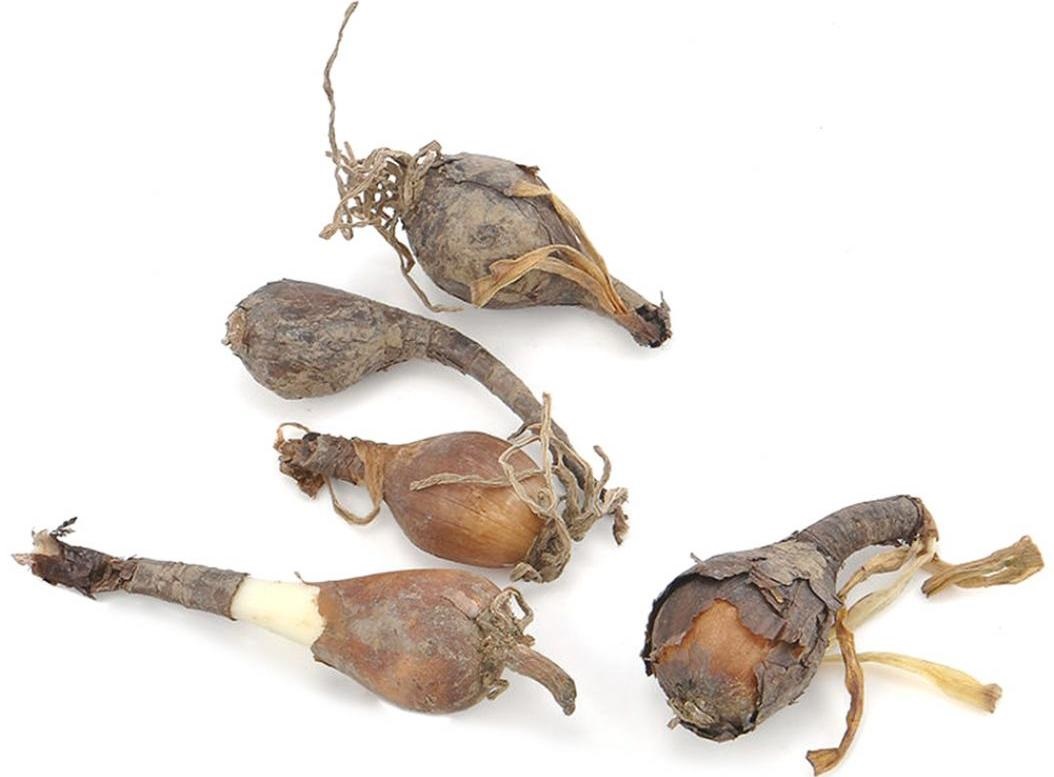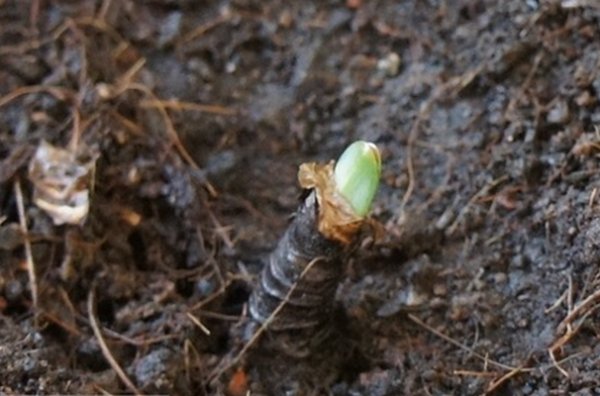Content:
Among the various representatives of the flora, the Spider Lily stands out for its unusual forms, exotic origin and originality. Not everyone knows about this plant, but those who accidentally saw it will not confuse it with anything. However, in order to settle a flower on your site, it is not enough to remember its name. You need to carefully study agricultural technology.
Spider lily: history and meaning
The spider lily, aka lycoris, came to Europe from East Asia. It got its Latin name in honor of the nereid lycoris from Greek mythology. In China, Thailand, Korea and Japan, it grows in the wild. Local growers do not like lycoris because of its value. It is believed that this red flower grows where blood is shed. It is also considered a symbol of separation, misery.
This is due to a legend based on the following fact: the leaves of a plant die off with the appearance of flowers, and when the flowering ends, they grow again. Leaves and flowers, thanks to such a schedule, cannot "meet" each other, like lovers doomed to eternal separation. In addition, it is not uncommon to find a spider lily in cemeteries.
In Russia, there are no such prejudices in relation to licorice: they are considered very original and highly decorative plants, which you can not only admire yourself, but also surprise guests.
In design, the flower goes well with begonias, ferns, anemones and crocuses. A spider lily will give an unusual look to alpine slides and rockeries in combination with irises or delphinium.
Description and characteristics
This extraordinary perennial plant belongs to the amaryllis family. Therefore, some of its varieties are called Golden Amaryllis.
Bright green leaves of lycoris, which have a belt-like shape, reach 30-40 cm in length and up to 2 cm in width. They appear in spring from the bulbs of the plant. The latter are distinguished by their special thermophilicity and small, up to 5 cm, size.
In the middle of summer, when the leaves die off, a fleshy stem with a round section emerges from the bulb. It stretches in height by about 70 cm, after which inflorescences begin to appear at its top. The number of flowers on one stem varies from 4 to 7 pieces.
Large buds of Spider Lily bloom only by September, filling the space around them with a strong, pleasant aroma.
The petals, as the name suggests, are like lilies. And the stamens resemble thin cobwebs. Their color depends on the variety, white, scarlet, purple, golden, red colors are possible.
The Spider Lily does not bloom for long, only 1.5 - 2 weeks. Some varieties take about 30 days. After that, boxes with small black seeds appear on the plant. After the peduncle has completely wilted, leaves appear from under the ground again. They will survive until the next summer bloom.
Varietal variety
There are two dozen varieties of lycoris known to science.But only a few are grown on the territory of Russia:
- Licoris blood-red. A real red miracle, surprising not only with the original shape of the petals, but also with their bright color, in honor of which the flower got its name. It grows up to 45 cm in height. Up to 6 buds grow on one peduncle. Blooms in August.
- Scaly licorice. Its flowers are larger. On a peduncle, 70 cm high, there can be up to 9 of them. The graceful petals of the plant are painted in a delicate lilac color, with a golden center.
- Licoris radiant. It has a second name - mustache, derived from the similarity of the lateral petals with antennae. The central petals also have an unusual, wavy shape.
- Licoris golden. In fact, it is a kind of radiant lycoris. Also highly decorative. The petals, according to the name, are golden in color.
Planting and leaving
Boarding time
It is best to plant licoris in early autumn, about 30 days before the onset of cold weather. Spring planting is also possible, but it is undesirable to carry it out. The plant does not take root well, it will hurt more often. Flowering will have to wait for a very long time. You can plant a Spider Lily at the end of summer.
Landing place
The spider lily does well in partial shade. It is best to choose a place for it under a large tree or next to a bush. Avoid areas with strong winds or drafts. The soil is preferably sandy.
Algorithm for site preparation and landing:
- The selected area is cleaned of weeds, dug up.
- If the soil is poor, humus or peat is introduced.
- Gently leveled.
- Holes are made in the soil, at least 14 cm deep.
- The plant bulbs are buried at a distance of 30 cm from each other.
- When planting, each onion in the hole is covered with sand to the top.
- The remaining space of the hole is covered with soil.
- The resulting bed is slightly compacted, abundantly watered with settled water.
A large distance between the bulbs is necessary so that the babies that are formed annually have enough space and nutrients.
Caring for lycoris in the garden is very simple: the plant does not require complex procedures and constant self-care.
Watering
If the soil is poorly aerated, it is advisable to arrange for drainage in advance. Like most plants, lycoris does not tolerate stagnant water in the soil: the bulb can rot. When the flowering ends and the autumn cold is close, watering is stopped.
Top dressing
If the spider lily was planted in fertilized soil, it will no longer need feeding. If the soil is poor and the flower looks weak, you can apply a complex mineral fertilizer for bulbous plants.
Transfer
The difference between lycoris and other bulbous plants is that it does not require annual replanting. In one place, it can grow up to 5 years. After this period, the plant will still need to be transplanted.
First, a new site is prepared for transplanting, removing weeds and digging up the soil. Then they carefully dig out the bulb, carefully separate the children, which grow 1 per year. In order to avoid damage, the places of breaks are sprinkled with ash or activated carbon.
After that, you can proceed directly to planting. If for some reason it is delayed, the bulbs are stored in a plastic bag with earth or sand. The sooner the disembarkation occurs, the better. If autumn is rainy, the soil need not be watered.
Dormant period
After flowering ends, you need to remove dry leaves and peduncles.Lycoris tolerates winter well, but if winter is expected with little snow and very cold, you can insure yourself by covering it with spruce branches or dry foliage.
Diseases and pests
The beautiful Spider Lily is rarely attacked by flower pests. Sometimes it can be disturbed by daffodil flies. In this case, you can treat the plant with a systemic insecticide, according to the instructions.
The flower is also not susceptible to disease. However, with the wrong choice of place, it can suffer from sunburn. Due to excess moisture in the soil, the bulb may suffer from foci of rot. In these cases, transplanting and adjusting care measures will help.
Spider lily is the most suitable plant for exotic lovers. The negative associations associated with the meaning of the flower will immediately disappear as soon as the beautiful lycoris appears on the site in all its glory. He will become a real happy talisman for his caring gardener.
















